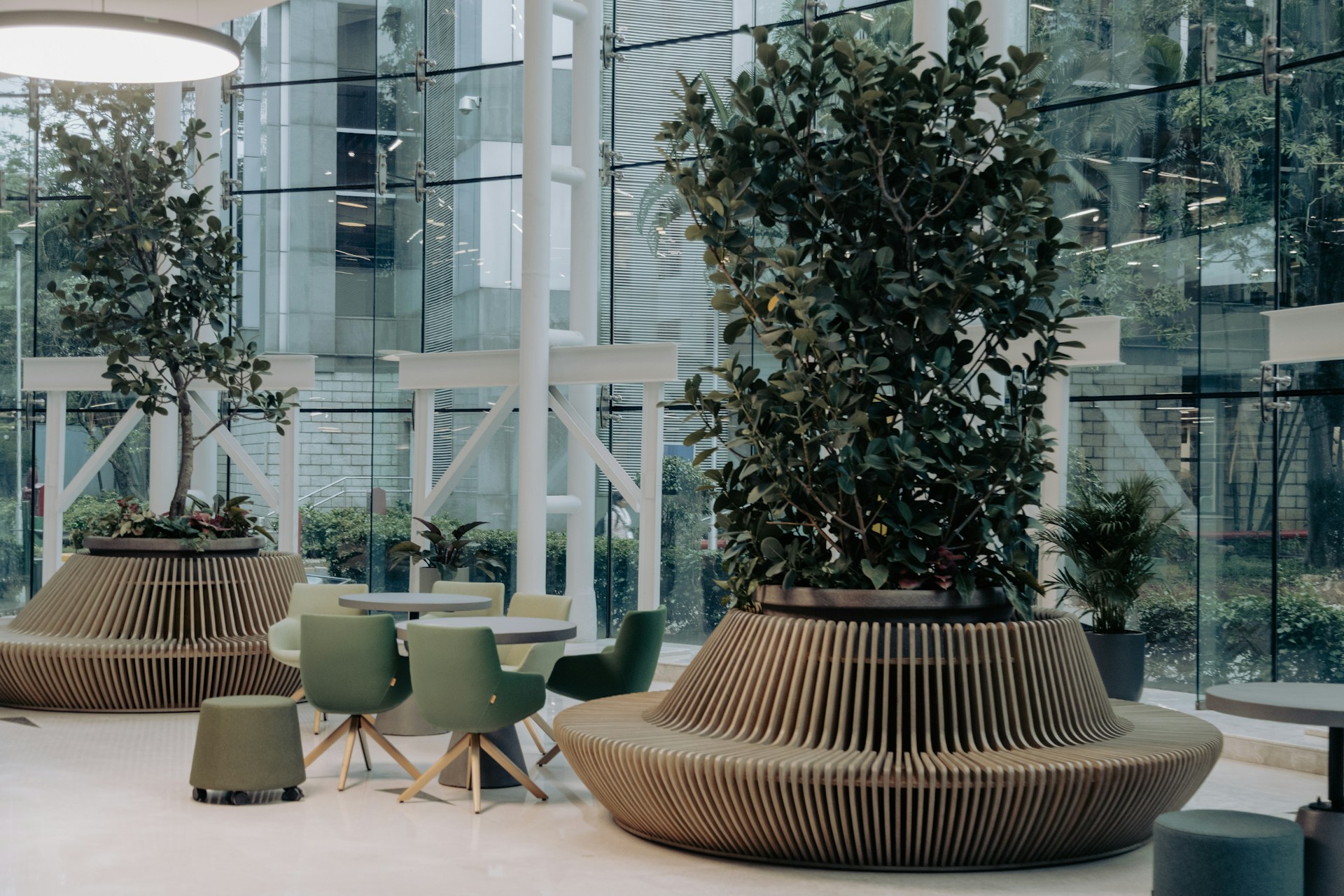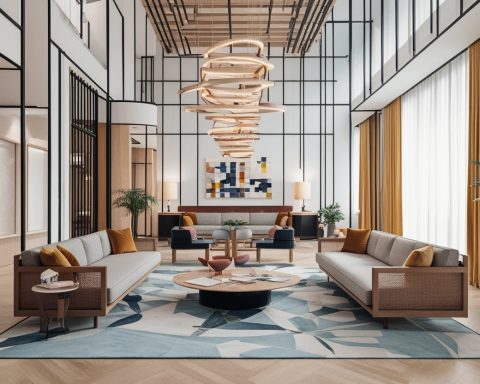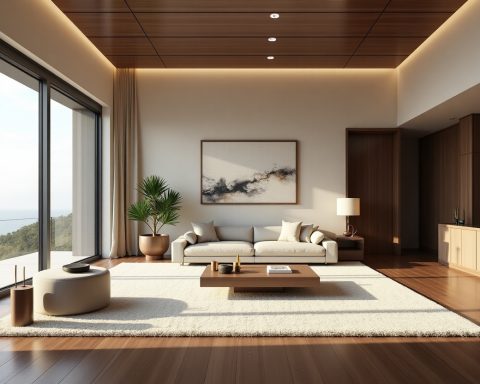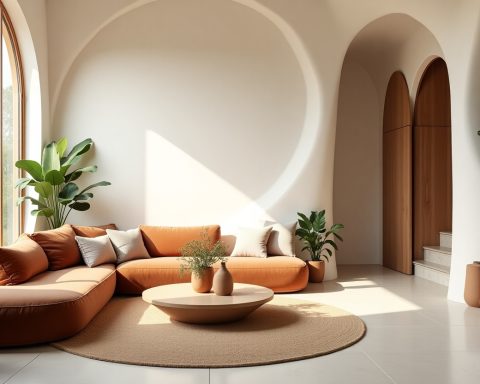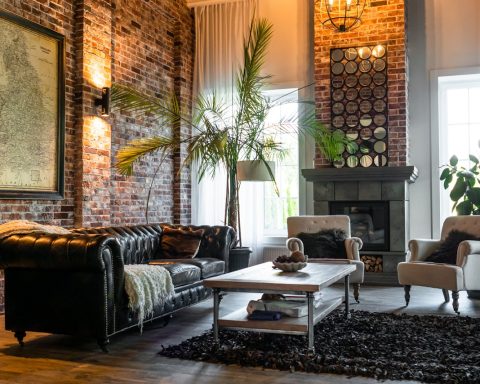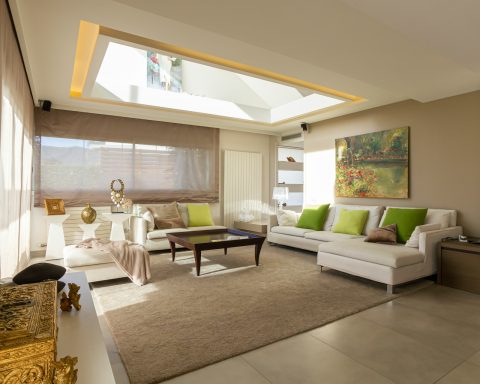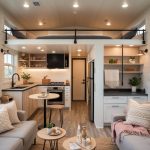What Is Biophilic Design? A Harmonious Blend of Nature and Structure
Biophilic design is an architectural and interior design approach that reconnects humans with nature through intentional incorporation of natural elements into built environments. This philosophy is more than a trend—it is a transformative force in how we shape modern living and working spaces.
Natural light, greenery, organic materials, and nature-inspired patterns are no longer optional—they are central to creating environments that promote well-being, creativity, and productivity. In an era where urbanization dominates, biophilic design offers a critical remedy to the sensory deprivation caused by sterile, disconnected architecture.
The Psychological and Physiological Benefits of Biophilic Interiors
Studies show that humans have an innate affinity for nature, a concept known as biophilia. When biophilic elements are incorporated into interior spaces, they reduce stress levels, enhance cognitive function, and elevate mood.
Stress Reduction and Mental Clarity
Exposure to natural environments—or their imitations—has been shown to lower cortisol levels, reduce heart rate, and improve focus and memory retention. Office environments with living walls, indoor gardens, or even large-scale murals of nature scenes help combat burnout and boost morale.
Enhanced Air Quality and Physical Health
Incorporating indoor plants, natural ventilation systems, and sustainable, non-toxic materials not only improves air quality but also minimizes the presence of pollutants. This leads to fewer sick days, better respiratory health, and long-term physical wellness.
Biophilic Design Principles That Define the Future of Architecture
The rise of biophilic design is anchored in several core principles that architects and designers are applying globally to create healthier, more inspiring spaces.
1. Direct Nature Integration
This involves the physical presence of natural elements within a space. Think:
- Indoor trees and vertical gardens
- Water features like fountains or aquariums
- Natural sunlight through skylights and wide windows
These elements foster a sensory experience that aligns with our evolutionary need to connect with living systems.
2. Indirect Nature Simulation
Designers use textures, shapes, patterns, and colors that mimic natural forms. These may include:
- Wood grain surfaces, stone textures, or leaf-like motifs
- Biomorphic furniture that echoes natural geometry
- Earth-toned color palettes to create warmth and comfort
3. Spatial Configurations Inspired by Nature
Biophilic design mimics the spatial qualities of the natural world:
- Refuge spaces such as reading nooks or alcoves
- Prospect views that offer wide, panoramic visuals
- Mystery and discovery, achieved through winding hallways or layered interiors
These design strategies stimulate curiosity, enhance navigation, and provide psychological security.
Modern Applications: Biophilic Design in Residential and Commercial Spaces
From urban apartments to corporate campuses, biophilic design is revolutionizing how we experience architecture.
Residential Biophilic Design
Homeowners are increasingly seeking to create sanctuaries that reflect natural serenity. Common features include:
- Living walls in kitchens or bathrooms
- Natural hardwood floors and reclaimed wood accents
- Courtyards with native plant landscaping
- Passive solar design for natural heating and cooling
These elements are not only aesthetically pleasing but also contribute to energy efficiency and emotional comfort.
Workplace Wellness Through Biophilic Offices
Forward-thinking companies like Amazon, Google, and Apple are pioneering biophilic principles in the workplace. Features include:
- Atriums filled with greenery
- Flexible workspaces bathed in daylight
- Indoor/outdoor collaboration zones
These designs have proven to boost employee engagement, reduce absenteeism, and increase innovation by making people feel more connected, calm, and energized.
Biophilic Urbanism: Greener Cities for Future Generations
The influence of biophilic design is extending beyond individual buildings to entire urban environments. Urban planners and architects are weaving green infrastructure into cityscapes:
- Rooftop gardens and green roofs
- Urban forests and pocket parks
- Permeable pavements to manage stormwater naturally
This movement creates resilient, livable cities that combat urban heat islands, support biodiversity, and improve mental well-being on a community scale.
Sustainable Materials and Eco-Conscious Construction
Biophilic design aligns seamlessly with sustainable architecture, emphasizing renewable, responsibly sourced materials:
- Bamboo, cork, and rammed earth are becoming staples
- Low-VOC paints and finishes ensure cleaner indoor air
- Upcycled and repurposed materials reduce environmental impact
The fusion of sustainability and biophilia creates structures that are both ecologically responsible and emotionally enriching.
Technology Meets Nature: The Future of Smart Biophilic Design
The future of biophilic interiors lies in integrating smart technology with organic design. Innovations include:
- AI-powered lighting that mimics circadian rhythms
- Smart irrigation systems for maintaining living walls
- Biophilic VR experiences in windowless environments
These technological enhancements ensure that biophilic benefits can be extended even to high-density, tech-driven settings, such as underground workspaces or urban co-living units.
Conclusion: Biophilic Design Is Not a Trend—It’s a Movement
The rise of biophilic design marks a fundamental shift in how we approach architecture, interior design, and urban planning. As environmental concerns mount and human wellness takes center stage, nature-inspired interiors are not just desirable—they are essential.
By integrating natural light, organic materials, living systems, and biomorphic forms, we create spaces that heal, inspire, and connect. The future of design is rooted in the past, guided by our innate need to coexist with the natural world.
